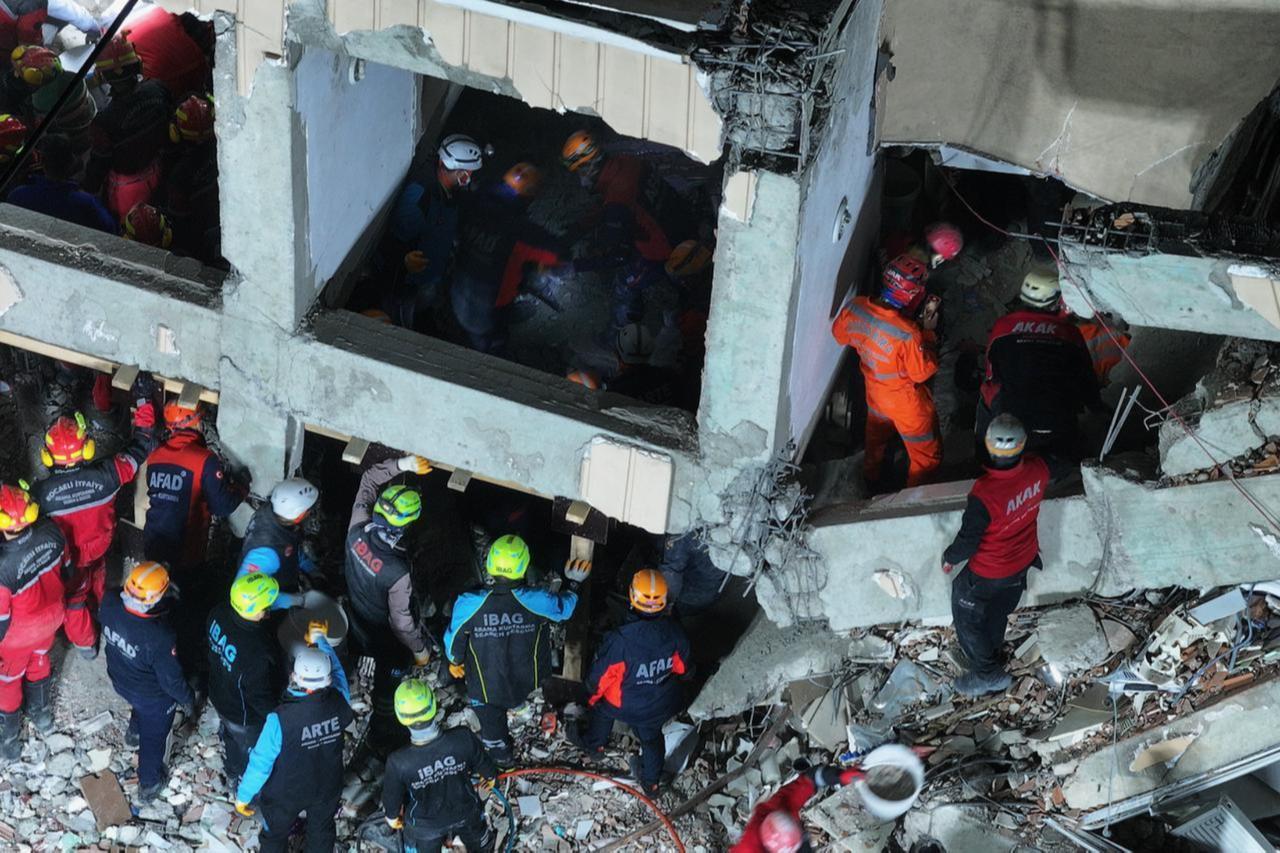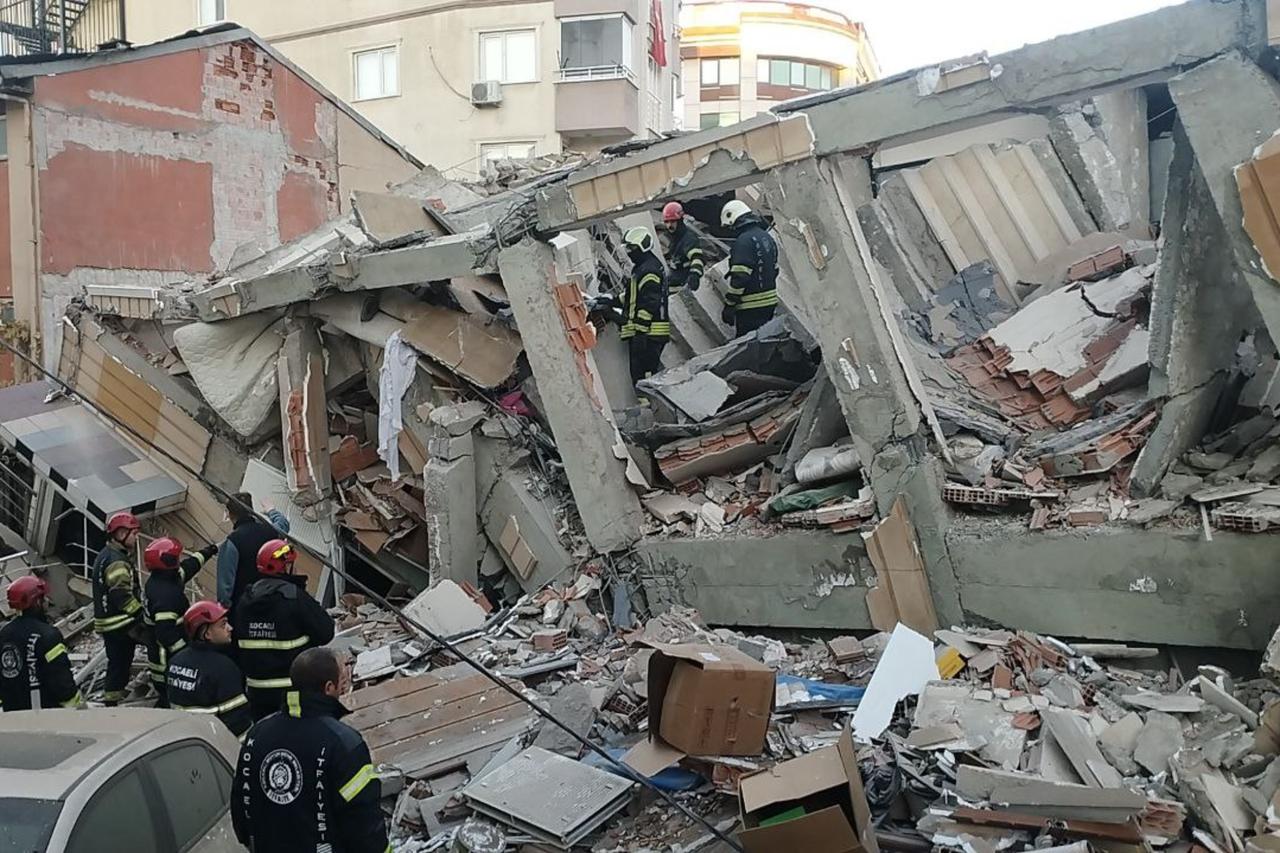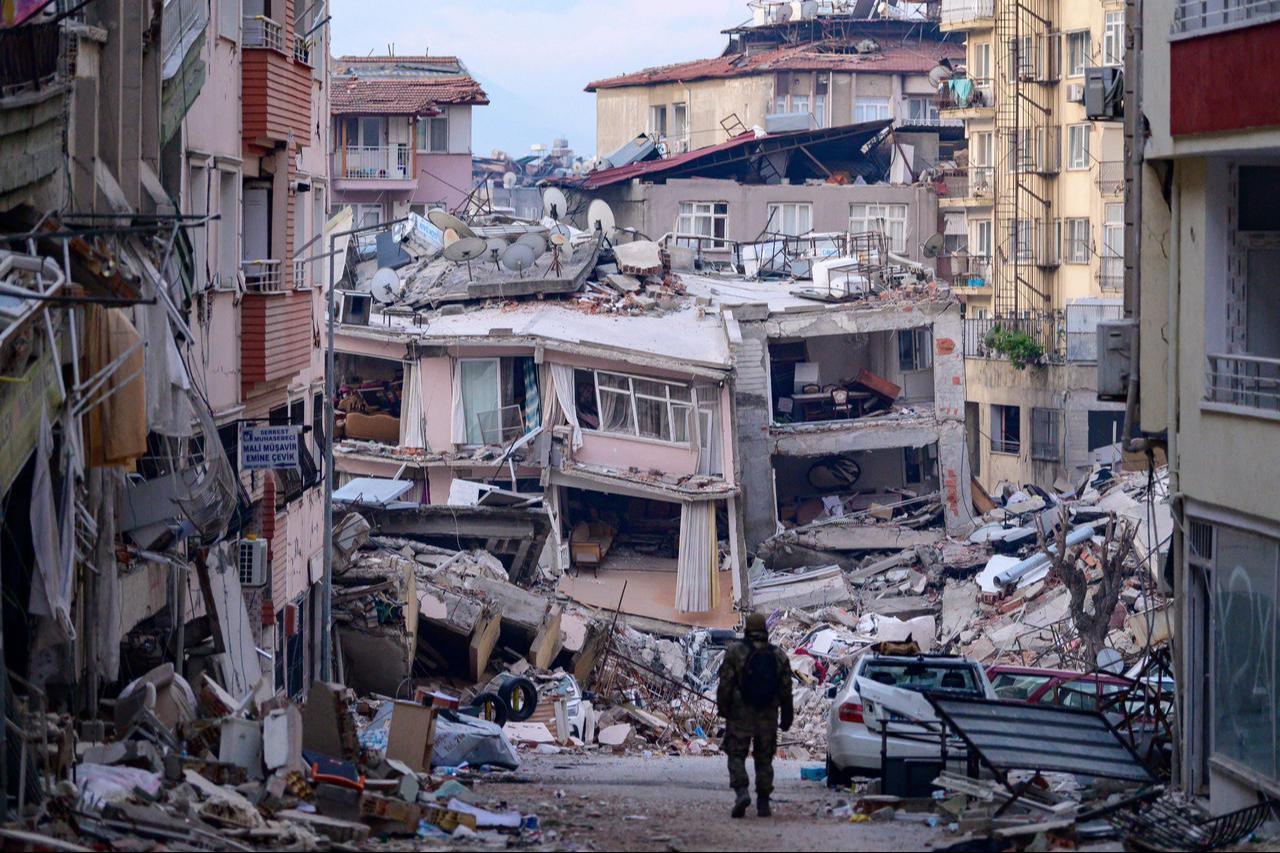
Unexpected building collapses in various cities across Türkiye over the past weeks, occurring without any earthquake or major disaster, have raised questions about a potential security crisis in city centers.
Experts emphasize that although the collapses may appear independent, they point to the same structural weaknesses.
Building collapses across Türkiye have made long-standing concerns about the country’s building stock visible. In densely populated cities such as Istanbul, Kocaeli, Ankara, Izmir, and Bursa, these collapses indicate deeper structural risks rather than minor renovation errors or wall cracks.
The Ministry of Environment, Urbanization, and Climate Change (MEUCC) reports that the process for identifying “risky buildings” is carried out in four stages, and such buildings are addressed through renovation or structural reinforcement.
Experts say these collapses reflect a built-up economic and technical burden, a “silent risk” now becoming visible.
Urban infrastructure development in Türkiye has increasingly expanded underground. Metro lines, tunnels, sewage systems, stormwater channels, and electricity networks, especially in Istanbul, Kocaeli and Izmir, have continually altered soil composition. Experts warn that this “ground fatigue” is slowly compromising the foundations of older structures.
The MEUCC’s 2024 Soil Compliance Analysis shows significant decreases in soil stability in older urban districts. Buildings constructed before 1980 often lacked proper soil studies, leaving them more vulnerable to dense urbanization and underground construction pressures.
Districts such as Esenyurt, Bagcilar, Avcilar, and Zeytinburnu in Istanbul; Gebze in Kocaeli; and Buca and Karabaglar in Izmir have reported increasing subsidence, soil slippage and micro-separation, which engineers cite as major factors in recent collapses.

Over the past two months, more than 30 buildings across Türkiye have either partially collapsed or sustained severe structural damage unrelated to earthquakes. While some cases involved minor floor or wall failures, others required full evacuations.
Notable incidents include the partial collapse of an old business center in Gebze, Kocaeli; the sudden failure of an unoccupied apartment in Kucukcekmece, Istanbul; column breakage in a 1970s building in Altindag, Ankara; and basement alterations in a Buca, Izmir building that rendered it unusable.
Experts from the Chamber of Civil Engineers (IMO) emphasize that, despite appearances, these collapses reflect a common structural fatigue across Türkiye’s building stock. “These events are not beginnings; they are outcomes of accumulated problems,” noted one of the experts.
Most of Türkiye’s buildings are over 30 years old. Many predate modern earthquake regulations and were built under lower engineering standards.
Unauthorized floor additions, removed columns, wall alterations, and repurposing have added excessive strain to structural systems.
In Istanbul, multiple conversions, from residential to commercial or workshop use, have significantly increased structural loads. This indicates that recent collapses are not random accidents but the predictable result of long-term structural stress.
Financial constraints in Türkiye have forced property owners to delay essential maintenance and reinforcement. Column strengthening now costs millions of Turkish lira, leaving many buildings, especially in low-and middle-income neighborhoods, without necessary upkeep for years.
Engineers talking to Turkish media warn that buildings whose maintenance has been delayed for years are inevitably closer to collapse. Economic hardship thus directly contributes to Türkiye’s growing structural vulnerabilities.
While Istanbul has traditionally been discussed in terms of the “expected major earthquake,” recent non-seismic collapses highlight immediate risks.
Changes in soil composition, declining groundwater levels, and excessive construction have created “micro-soil fragility.”
This fragility undermines older building foundations. Heavy machinery and ongoing underground works contribute to micro-cracks in columns and beams, which cumulatively reduce structural load capacity over time.
In areas undergoing rapid urban transformation, vacated buildings create ground shifts that exert unexpected pressure on neighboring structures, creating a “silent domino effect.”

Although Türkiye remains earthquake-prone, recent events show that many buildings could fail without seismic activity. Experts note that awareness has largely focused on earthquakes, neglecting daily structural stressors like accumulated weight, wear, moisture, soil subsidence and delayed maintenance. Current collapses reflect these overlooked factors converging.
In response to the collapses, engineers and planners are advocating solutions like the “Building Health Card,” which mandates annual inspections to assess load-bearing capacity, usage, soil behavior, and overall stability.
Additionally, a government-backed Building Maintenance Fund could provide financial support for structural reinforcement in lower-income areas. Planners also recommend updating soil risk maps and implementing urban transformation at the neighborhood level rather than building by building.
Experts insist that all forms of building amnesty be eliminated, as such allowances increase the long-term risk of collapse.